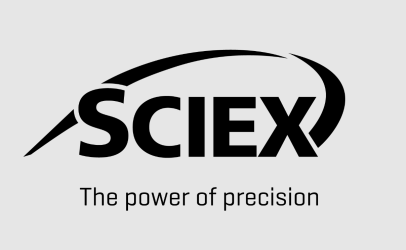We’ve recently seen the therapeutic potential of the burgeoning field of mRNA-based medicines. Notably, the vaccines for the SARS-CoV-2 pandemic, the up-and-coming field of cancer vaccines, and new developments in regenerative medicine, have all showcased this capacity. In this Technology Showcase, Stephen Lock, Senior Market Development Manager at SCIEX, outlines his company’s work on analysing mRNA purity and delivery vehicles like viral vectors and lipid nanoparticles.
Plasmids are the start for many therapies. Lock began the presentation by outlining the various applications of plasmids in therapeutic manufacturing. Plasmids are used in the production of viral vectors, they can be used directly as vectors for DNA vaccines and therapies, and they can act as templates for mRNA manufacturing.
Analysis of plasmids – their isoforms and size – is therefore vital for understanding the quality of these therapies. Lock emphasised the importance of analysing double stranded DNA (dsDNA) in nucleic acid manufacturing and the need for accurate sizing in characterising plasmids. Key workflows include capillary gel electrophoresis-induced fluorescence (CGE-LIF).
Plasmid analysis involves gel-based separation and electrophoresis conditions to ensure quality control. Most plasmid DNA preparations contain several topological variants or isoforms. These variants can be identified through manual agarose gel electrophoresis to separate the isomers based on their topology.
Because mRNA is the active part of the drug, it is critical that adequate purity is ensured. Part of this involves separating size-based impurities and assess genome integrity, for which techniques like capillary electrophoresis (CE) are used. Due to the demand for mRNA vaccines, Sciex have developed a gel-based kit specifically to analyse mRNA from lipid nanoparticles, allowing detection of both lower and higher molecular weight impurities.
Next, Lock discussed the mRNA capping process, which is vital in preventing degradation. Here, a chemical process is employed to protect RNA from digestion and ensure effectiveness of the drug.
The talk then turned to mRNA delivery vehicles like AAV viral vectors and lipid nanoparticles. These can be analysed for their ability to deliver their mRNA payload effectively. Again, techniques like CE and mass spectrometry can be used to assess the quality of these vehicles and detect impurities. Impurities in lipid nanoparticles, such as oxidation of ionizable lipids, can deactivate mRNA. Mass spectrometry is used to identify and quantify these impurities, ensuring the stability and effectiveness of the therapeutic.

